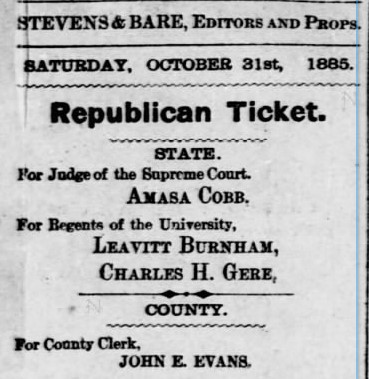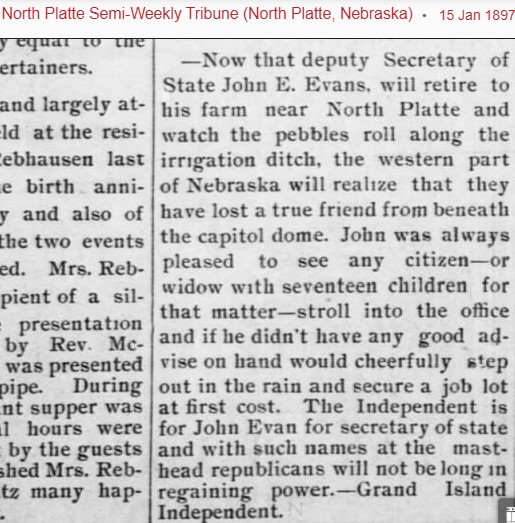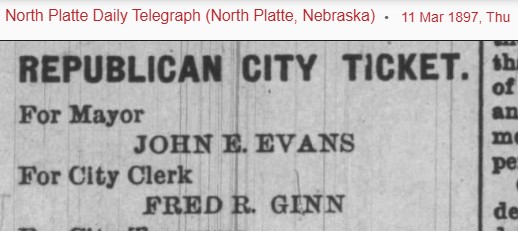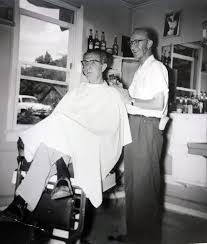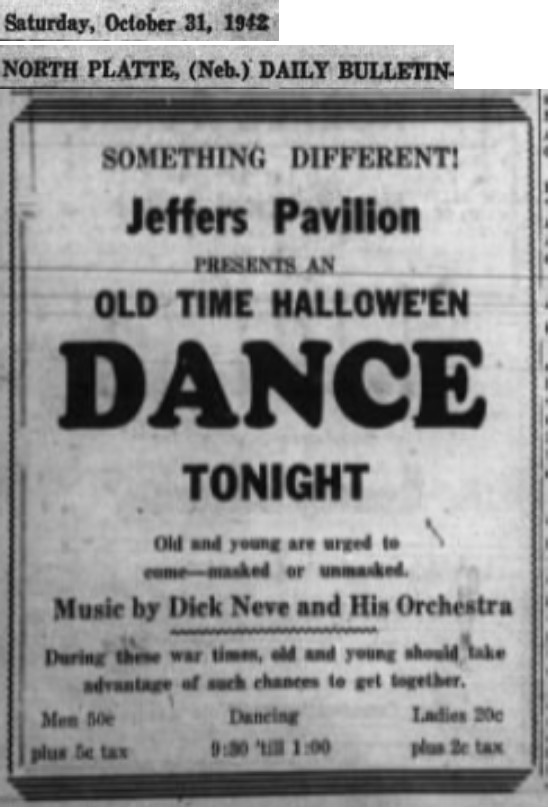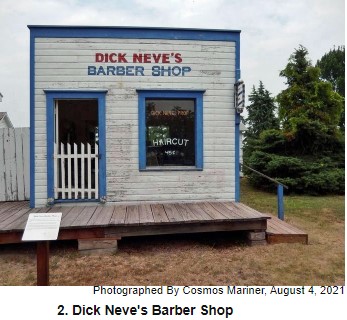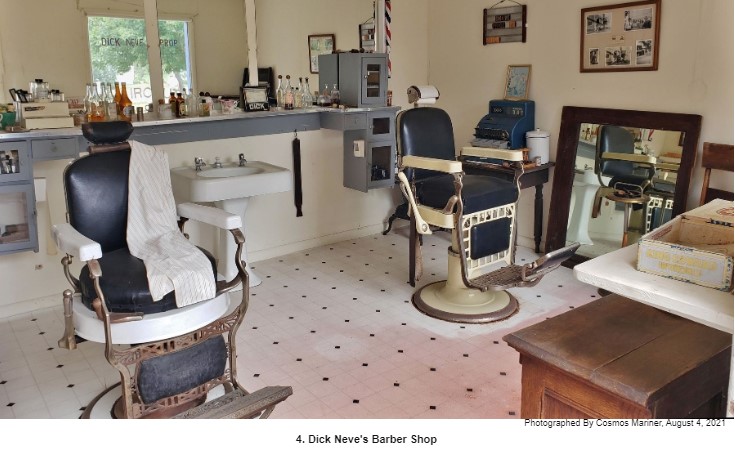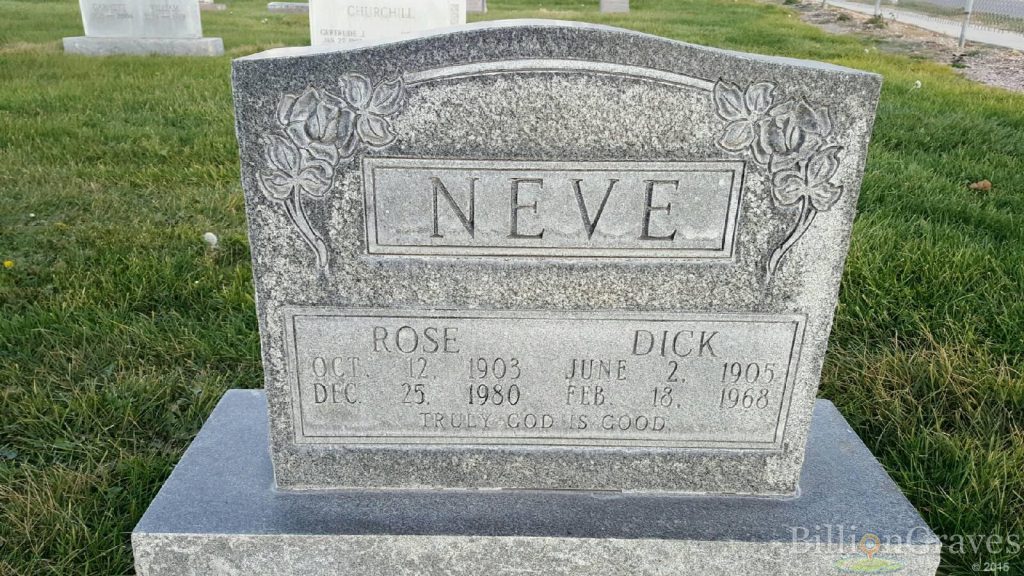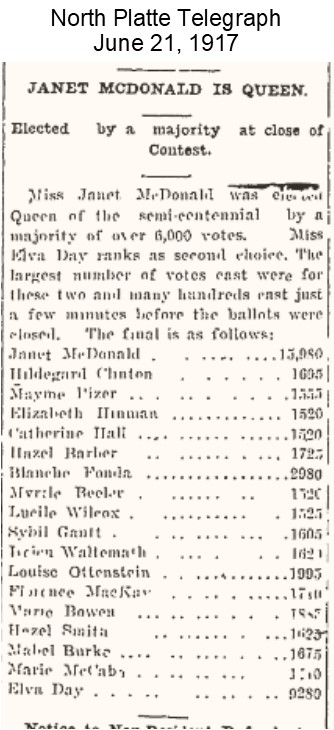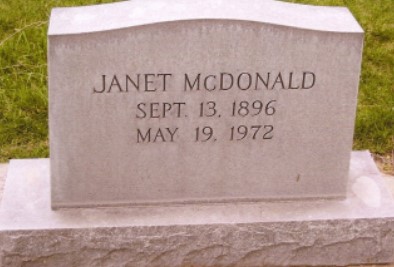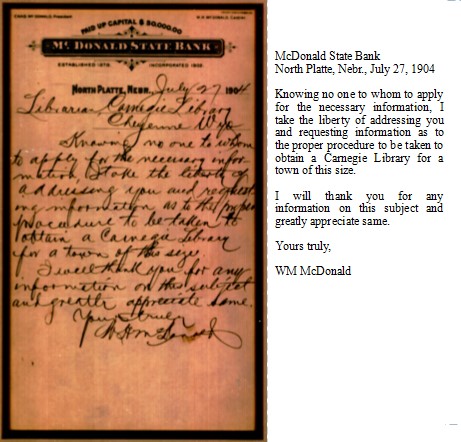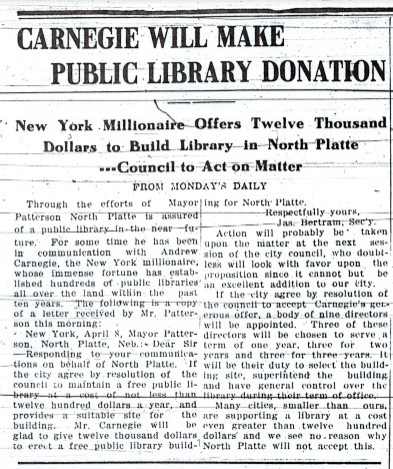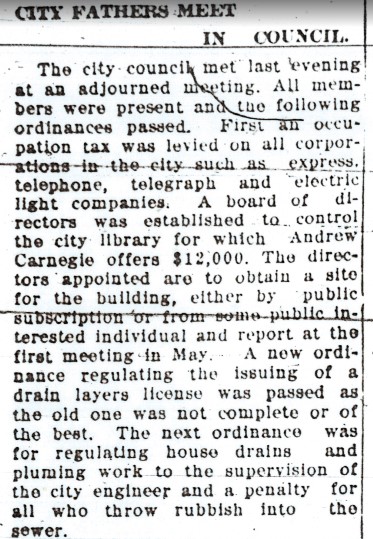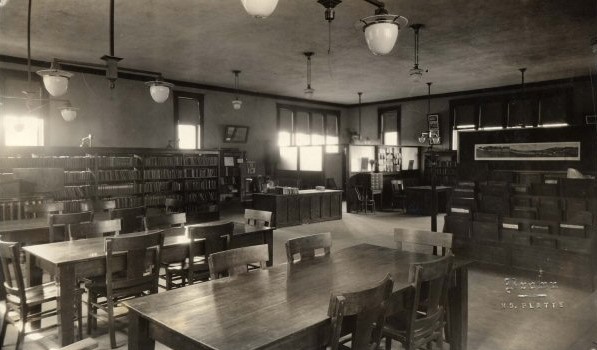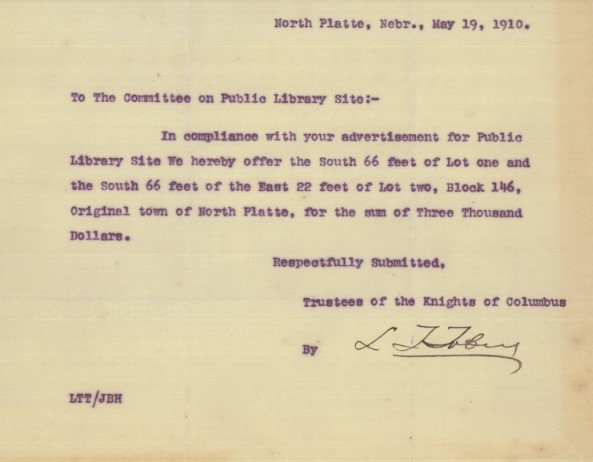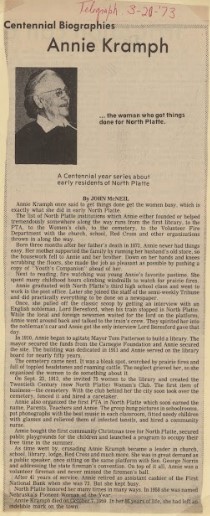Original published to facebook.com/NorthPlattePL on May 13, 2022.
Welcome back to another Facebook Friday History!
Today, we look at another early pioneer, patriotic American, and Civil War Veteran: John E. Evans. We also look at the home he lived in, which is now located at 302 Dixie Ave. So read on!
John E. Evans was born on November 7, 1846 in Blossburg, Pennsylvania to Evan and Margaret (Williams) Evans. His parents were born in South Wales and emigrated to America in 1841, where the family settled in Pennsylvania. The family moved to Wisconsin in 1849 and were farmers. John was one of eleven children (1 and 2 were twins):
- Thomas, born in South Wales in 1838;
- Ester M., born in South Wales in 1838. Ester became a school teacher.;
- Evan W. Evans, born in South Wales in 1840;
- Margaret S. Evans, born in Pennsylvania in 1842. Margaret was also a school teacher.;
- Isaiah D. Evans, born in Pennsylvania in 1845;
- John E. Evans, born in Pennsylvania in 1846;
- Mary E. Evans, born in Pennsylvania in 1847;
- Ellen Evans, born in Wisconsin in 1850;
- Isaac H. Evans, born in Wisconsin in 1852;
- Albert Evans, born in Wisconsin in 1854; and
- Alice C. Evans, born in Wisconsin in 1858
John and two of his brothers served in the civil war. John enlisted in Wisconsin and served the Union Army in the First Wisconsin Cavalry, Company L. This regiment was constantly on the move and never remained more than two days in any single camp. In addition to acting as scouts and reconnaissance for the Union Army, the regiment also participated in: the Battle of Chickamauga, the march to the sea with Sherman, and assisted in the capture of Jefferson Davis.
After his discharge, John attended the Silsby Academy in Spring Green, Wisconsin.
Like many other war veterans, John traveled west and visited Salt Lake City in the Spring of 1866. He traveled west with his brother Isaiah (known as I.D.) and a friend, David Evans (no relation to John). Over the following years, he spent time in Utah, then mining, prospecting and farming in Montana, Idaho, and Oregon. In 1870, John returned to Wisconsin and by 1872, John came to Nebraska. John settled in North Platte and went to work in the general merchandise store of Miller & Penniston.
On June 8, 1881, John E. Evans married Miss Marion Hall. Marion was a member of the Daughters of the American Revolution and the Woman’s Relief Corps (WRC). The WRC was an official women’s auxiliary to the Grand Army of the Republic (GAR). Before Marion married John, she was a teacher in the North Platte schools. John and Marion only had one child, Everett H. Evans. Everett went on to become a practicing lawyer, a graduate of Ann Arbor and twice elected mayor of his native town. He served two years in the navy during World War I.
In 1885, John had a house built at 102 East 3rd Street for $310.00. After John’s death, his son Everett moved his law offices into the building. In 1963, the house was moved to 302 Dixie Avenue. And the 102 East 3rd Street location became a new professional building. The new building was built by Harvey Applegate from Sutherland, Nebraska. Applegate named the building “The Evans Building” in honor of the Evans family.
John was a member of the GAR and he was a prominent flag holder and military supporter during the World War I years (1914-1918). John was also a comrade and adviser to The Sammy girls, a wonderful organization of patriotic girls during WWI. While John hated the necessity of war, he was passionate about patriotism and his love of the flag.
John Evans was quite political and according to the many newspaper articles, everyone knew where they stood with John. In 1901, he served one term as a representative in the Nebraska legislature. John served as GAR assistant adjutant general and in 1912, John was the GAR department commander. He served as postmaster of North Platte for approximately one year; county clerk; clerk of the district court; deputy secretary of state; member of the legislature and served for nine years as Registrar of the United States Land Office. John also worked as cashier of the North Platte National Bank. He was very knowledgeable on the following subjects and many sought out his information: pension issues, land titles, and local & state government issues.
After an illness that lasted almost a year, John passed away in his home on December 27, 1921 at age 73. Marion died in her home after many years of ill-health on February 9, 1939. Both John and Marion are buried in the North Platte Cemetery.
Thank you for reading!
#NPHistoryArchives





